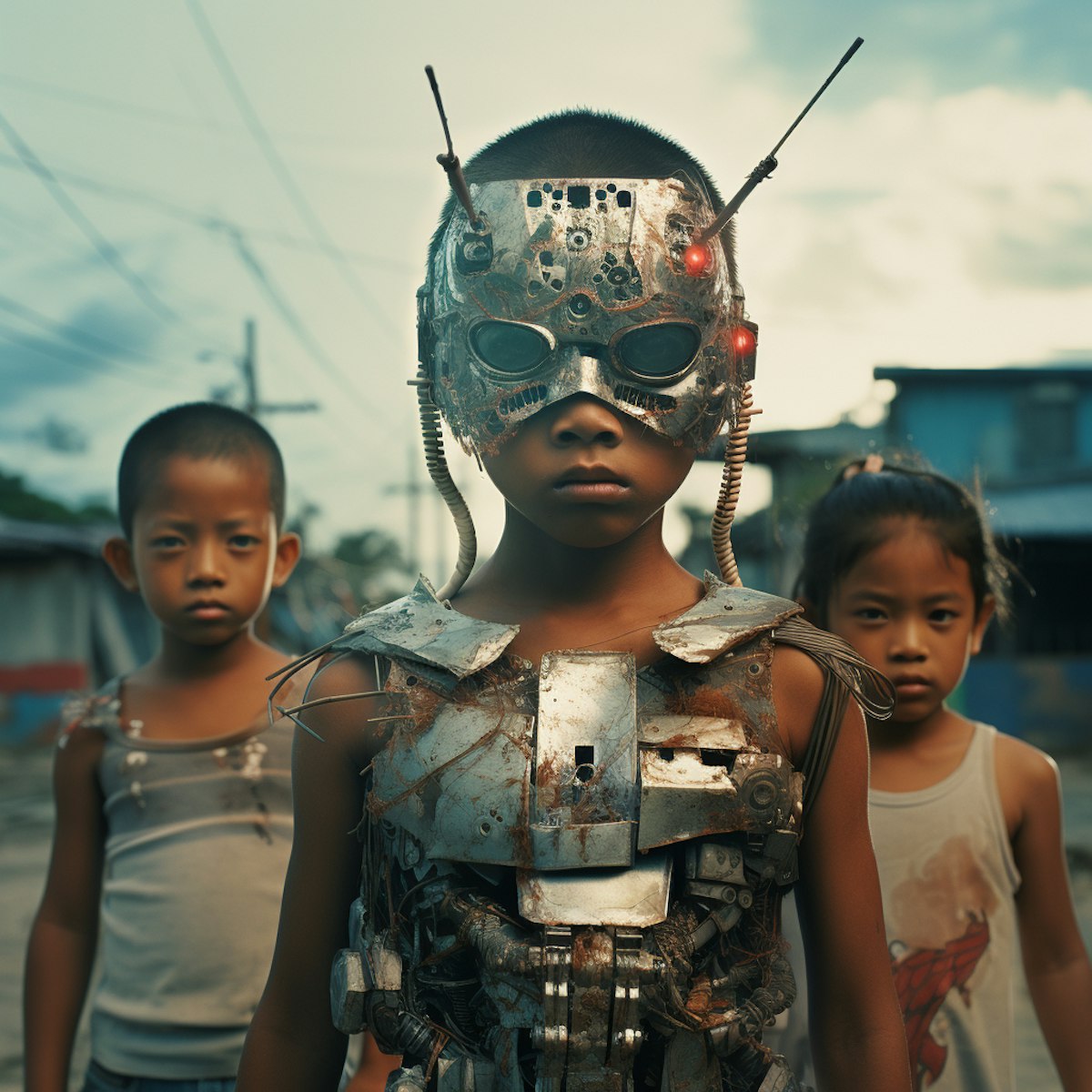Published at Nov 09, 2023 by docligot
Challenges Ahead: Why the Philippines Faces Hurdles in Implementing Biden's AI Safety EO by@docligot
Challenges Ahead: Why the Philippines Faces Hurdles in Implementing Biden's AI Safety EO
Too Long; Didn't Read
In this article, we explore the potential obstacles that the Philippines may encounter while attempting to adhere to the standards set forth in this groundbreaking executive order.RELATED STORIES
L O A D I N G
. . . comments & more!
. . . comments & more!


